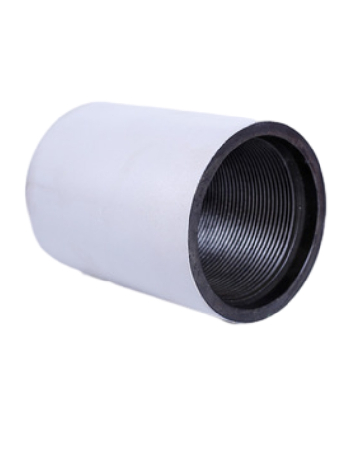- Afrikaans
- Albanian
- Amharic
- Arabic
- Armenian
- Azerbaijani
- Basque
- Belarusian
- Bengali
- Bosnian
- Bulgarian
- Catalan
- Cebuano
- Corsican
- Croatian
- Czech
- Danish
- Dutch
- English
- Esperanto
- Estonian
- Finnish
- French
- Frisian
- Galician
- Georgian
- German
- Greek
- Gujarati
- Haitian Creole
- hausa
- hawaiian
- Hebrew
- Hindi
- Miao
- Hungarian
- Icelandic
- igbo
- Indonesian
- irish
- Italian
- Japanese
- Javanese
- Kannada
- kazakh
- Khmer
- Rwandese
- Korean
- Kurdish
- Kyrgyz
- Lao
- Latin
- Latvian
- Lithuanian
- Luxembourgish
- Macedonian
- Malgashi
- Malay
- Malayalam
- Maltese
- Maori
- Marathi
- Mongolian
- Myanmar
- Nepali
- Norwegian
- Norwegian
- Occitan
- Pashto
- Persian
- Polish
- Portuguese
- Punjabi
- Romanian
- Russian
- Samoan
- Scottish Gaelic
- Serbian
- Sesotho
- Shona
- Sindhi
- Sinhala
- Slovak
- Slovenian
- Somali
- Spanish
- Sundanese
- Swahili
- Swedish
- Tagalog
- Tajik
- Tamil
- Tatar
- Telugu
- Thai
- Turkish
- Turkmen
- Ukrainian
- Urdu
- Uighur
- Uzbek
- Vietnamese
- Welsh
- Bantu
- Yiddish
- Yoruba
- Zulu
api casing sizes
Understanding API Casing Sizes A Comprehensive Guide
API casing sizes are essential components in the oil and gas industry, specifically in the drilling and completion of wells. They serve as the structural framework of the wellbore, providing support, stability, and protecting the surrounding environment. The American Petroleum Institute (API) developed standards that outline various specifications for casing sizes, ensuring the integrity and safety of drilling operations.
Casing is typically categorized by its outer diameter (OD) and wall thickness, which corresponds to various sizes defined by the API. Common API casing sizes range from 4.5 inches to 20 inches in diameter. The choice of casing size largely depends on factors such as the depth of the well, the type of formation being drilled, and the expected pressure and temperature conditions.
Understanding API Casing Sizes A Comprehensive Guide
1. Production Casing Generally used in the final stages of drilling, production casing can be 7 inches to 9.625 inches in diameter, tailored for the specific needs of extracting hydrocarbons from the well.
api casing sizes

2. Intermediate Casing Ranging from 7 inches to 12.75 inches, intermediate casing is installed to prevent the collapse of the borehole and to isolate different geological formations.
3. Surface Casing Typically measuring between 9.625 inches and 20 inches in diameter, surface casing is the first string set in the well and is crucial for preventing contamination of groundwater.
Each type of casing has unique properties, dictated not only by size but also by its grade and coating. API grades, such as J55, K55, and P110, indicate the tensile strength and yield strength of the casing, crucial for withstand the pressures encountered in various formations.
It's also essential to consider the various casing installation methods and the types of fittings and seals used to ensure a reliable and pressure-tight system. Proper adherence to API standards during installation plays a vital role in preventing leaks and ensuring that the casing performs its function without failure.
In conclusion, understanding API casing sizes is fundamental for professionals in the oil and gas industry. The correct selection of casing sizes can significantly influence the safety and efficiency of drilling operations. As the industry continues to evolve, staying informed about casing specifications and innovations will remain critical for successful hydrocarbon extraction. Investing in quality materials and adhering to API standards is not only a best practice but a necessity for the sustainability of drilling activities.
-
Tubing Pup Joints: Essential Components for Oil and Gas OperationsNewsJul.10,2025
-
Pup Joints: Essential Components for Reliable Drilling OperationsNewsJul.10,2025
-
Pipe Couplings: Connecting Your World EfficientlyNewsJul.10,2025
-
Mastering Oilfield Operations with Quality Tubing and CasingNewsJul.10,2025
-
High-Quality Casing Couplings for Every NeedNewsJul.10,2025
-
Boost Your Drilling Efficiency with Premium Crossover Tools & Seating NipplesNewsJul.10,2025







